Categorías
- iridología (226)
- Lectura ocular (24)
- software QR (15)
- Blog (287)
- Ilustración de iridología (35)
- curso en línea de iridología (54)
- iridología (59)
- Exhibición (2)
- Noticias (413)
En su núcleo, lectura ocular (iridología Lectura) utiliza hardware y software de seguimiento ocular precisos para capturar movimientos oculares sutiles, cambios en el tamaño de la pupila y patrones de mirada, luego analiza esas señales para inferir la atención, la carga cognitiva y la respuesta emocional. Los sistemas modernos nos dicen dónde se ve el ojo (dirección y distancia), cuánto dura una fijación y cómo reacciona la pupila, datos que complementan las medidas tradicionales como el autoinforme o un examen ocular.
Los sistemas contemporáneos de seguimiento ocular utilizan principalmente dos métodos para monitorear los movimientos oculares:
Investigaciones recientes sugieren que los rastreadores oculares modernos pueden alcanzar la precisión del subdegrado (por ejemplo, alrededor de 0.5 ° en condiciones ideales), aunque el rendimiento del mundo real depende de la calibración, la iluminación, el movimiento de los participantes y si el participante usa anteojos o lentes de contacto. Siempre informe los números de precisión (grados de ángulo visual) y los procedimientos de calibración en los métodos de estudio.
Flujo de trabajo simple para una sesión típica de seguimiento ocular:
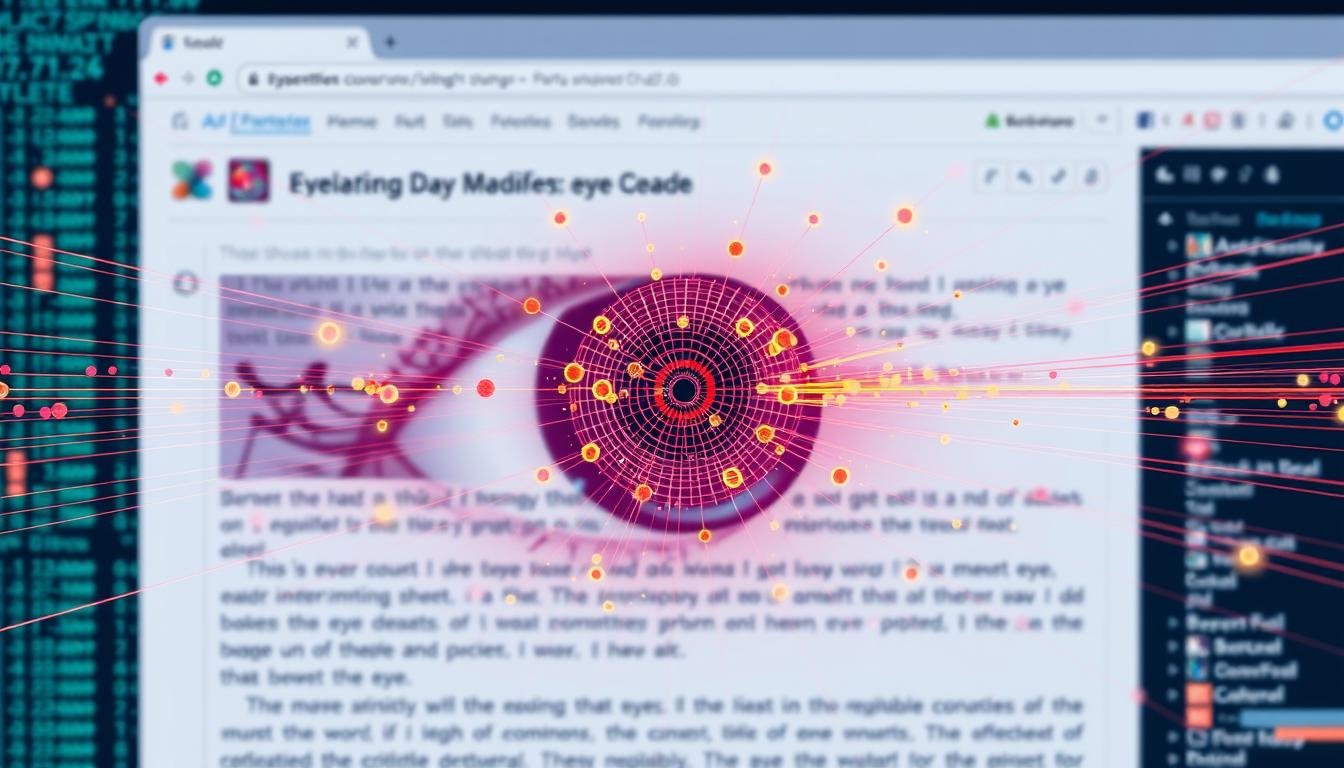
La lectura ocular analiza varias mediciones clave para interpretar procesos cognitivos:
En comparación con la observación manual o las encuestas, el seguimiento ocular ofrece objetivos y números cuantitativos (recuentos de fijación, tiempo de permanencia, intensidad de mapa de calor) con precisión temporal de milisegundos. Reduce el sesgo de recuerdo, revela la atención que los participantes no informan conscientemente y produce resultados visuales (mapas de calor, parcelas de mirada) que son fáciles de actuar para diseñadores, médicos e investigadores.
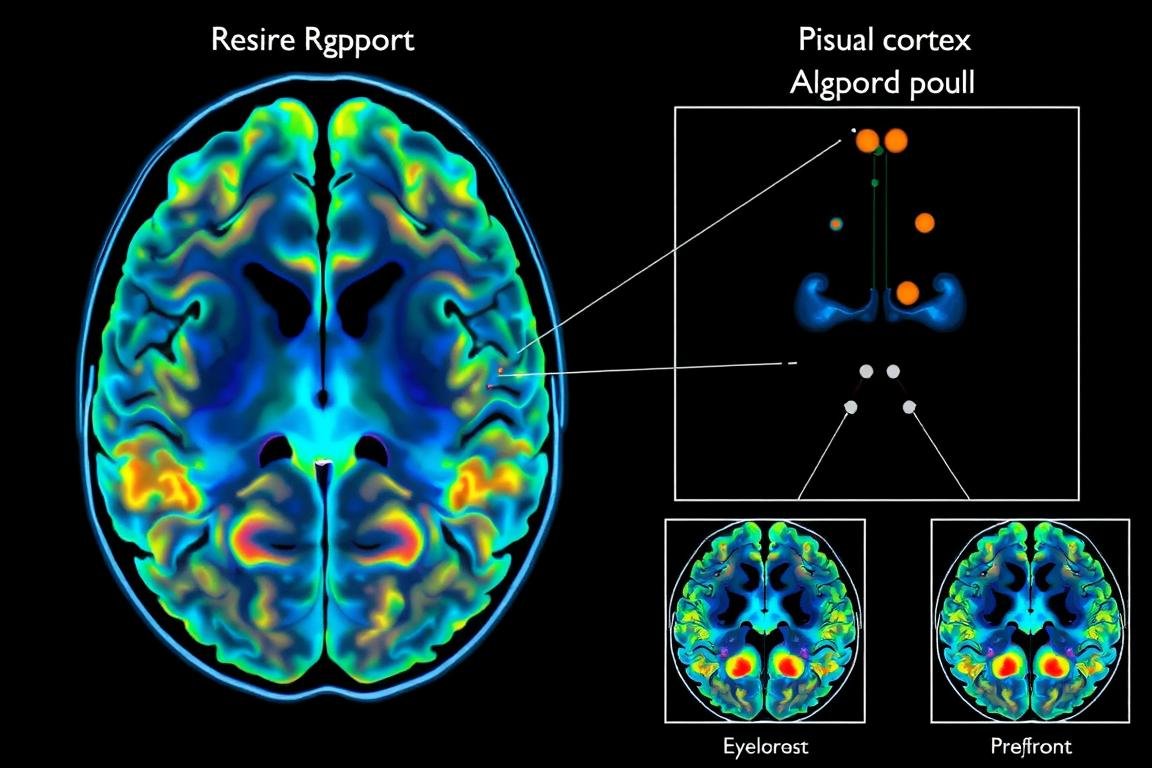
Los movimientos oculares se asignan estrechamente a los procesos neurales: los cambios de la mirada reflejan la asignación atencional, y las respuestas de la pupila se correlacionan con estados autónomos y cognitivos. La investigación que vincula las métricas oculares con el hipocampo y la actividad prefrontal ayuda a explicar por qué los datos oculares pueden predecir la codificación de la memoria y la toma de decisiones. Al informar los resultados, incluya el contexto del estudio, el tamaño de la muestra y si los participantes llevaban lentes correctivos (prescripción, astigmatismo, esfera, eje) porque esos factores pueden afectar la calidad del seguimiento.
Descargue nuestra guía: incluye protocolos de calibración, conjuntos de datos de ejemplo y rutinas de análisis paso a paso para que pueda ejecutar un estudio piloto o comparar los números de seguimiento ocular con medidas tradicionales de exámenes o encuestas.
La práctica de interpretar los movimientos oculares y las características oculares se remonta a los milenios, pasando de la observación intuitiva en las tradiciones médicas y artísticas a los métodos científicos sistemáticos que sustentan la tecnología de seguimiento ocular actual. Comprender este arco ayuda a explicar por qué la lectura ocular moderna (Iridology Reading) ofrece ideas cuantitativas más confiables que los enfoques anteriores y puramente observacionales.
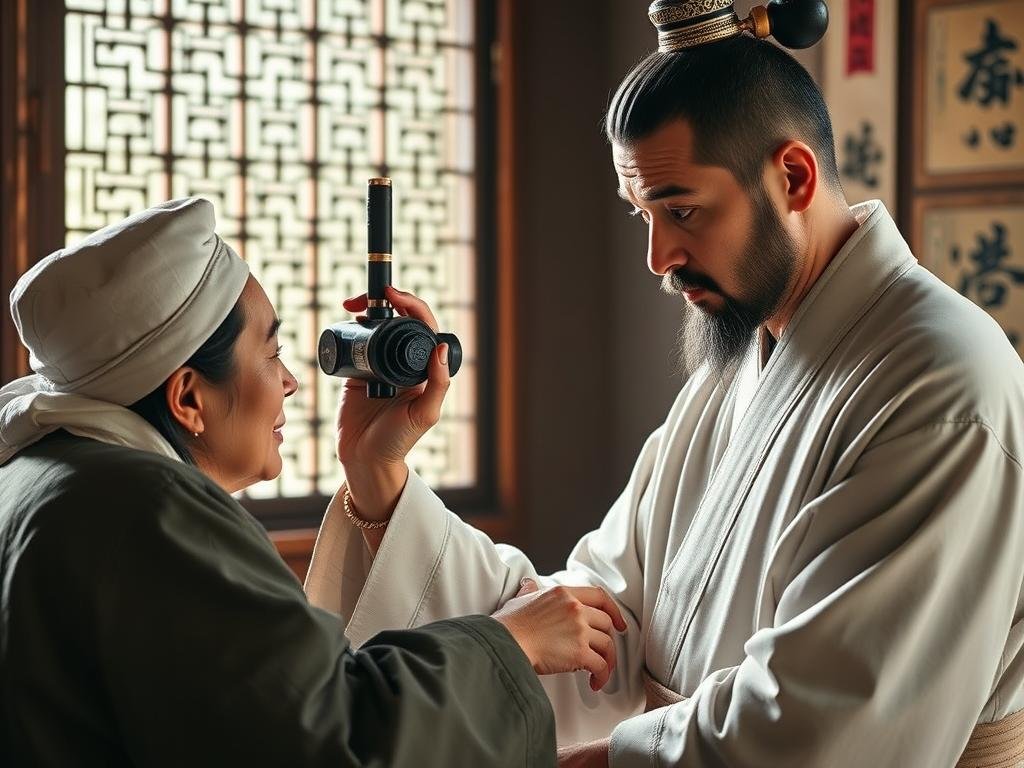
En todas las culturas, los profesionales notaron durante mucho tiempo que los ojos pueden reflejar la salud y la emoción. La medicina tradicional china incluye la inspección diagnóstica de los ojos (color del iris, claridad y movimiento) en evaluaciones más amplias de la salud; Algunas fuentes históricas datan de estas prácticas a las primeras tradiciones médicas. Del mismo modo, los médicos clásicos como los hipócratas y los profesionales posteriores observaron cambios en el iris y la esclera como posibles indicadores de condiciones sistémicas. Artistas renacentistas como Leonardo da Vinci también registraron el comportamiento ocular para capturar expresiones realistas, observaciones cualitativas tempranas que anticiparon un estudio experimental posterior.
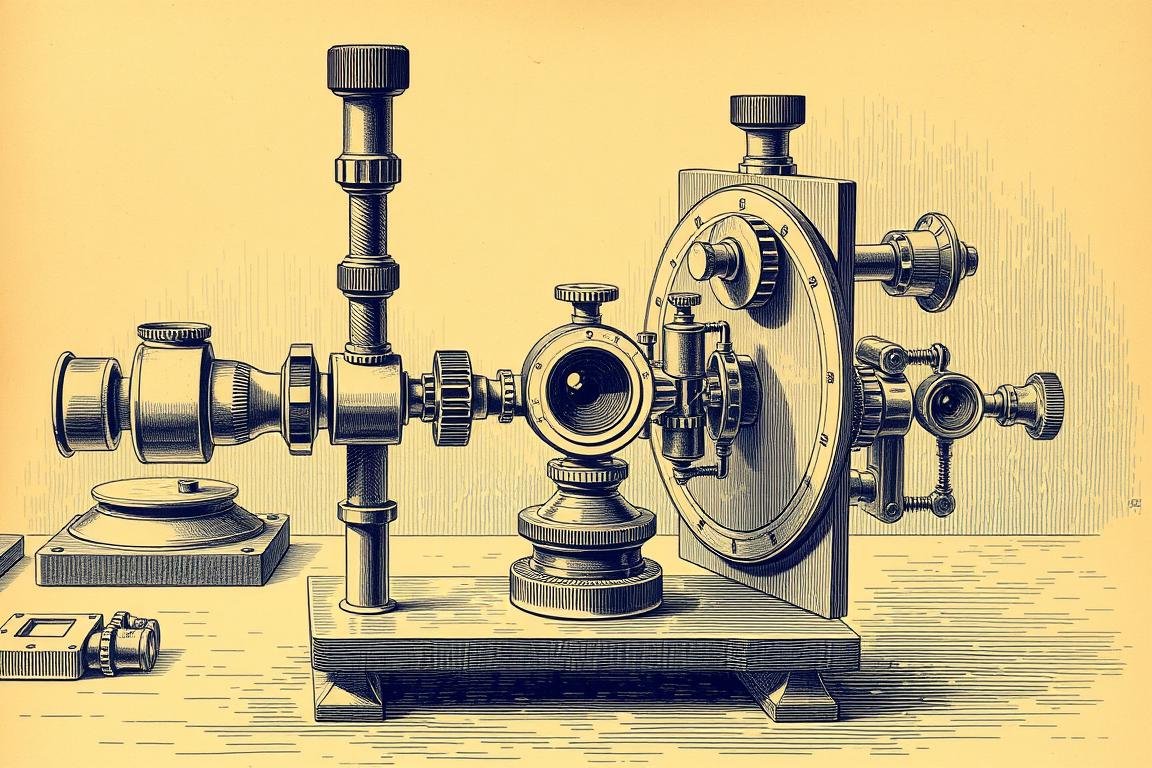
La investigación sistemática sobre el movimiento ocular comenzó a fines del siglo XIX. Louis Émile Javal (1879) describió cómo la lectura implica saltos cortos (saccades) y pausas breves (fijaciones) en lugar de un movimiento de seguimiento suave. Alrededor del cambio del siglo XX, Edmund Huey desarrolló un aparato mecánico de seguimiento ocular temprano que utilizaba una lente de contacto y un puntero para registrar los movimientos, lo que demuestra que el comportamiento ocular podría medirse y analizar. El trabajo de mediados del siglo XX por Alfred L. Yarbus mostró experimentalmente que los patrones de visualización dependen en gran medida de las instrucciones de tareas, estableciendo un vínculo claro entre los objetivos cognitivos y el comportamiento de la mirada.
El siglo XX introdujo la grabación sin contacto, basada en la fotografía en la década de 1950, y el seguimiento basado en computadora en la década de 1970 que permitieron una medición más precisa y un análisis en tiempo real. En las décadas de 1980 y 1990, el seguimiento ocular se utilizó ampliamente en la investigación de usabilidad y la interacción humana-computadora, por ejemplo, laboratorios industriales y grupos de investigación (incluido el trabajo en lugares como Xerox Parc) aplicaron los datos de la mirada para mejorar las interfaces y el diseño de productos. Hacia fines de la década de 1990 y en la década de 2000, los avances en sensores, cámaras y algoritmos hicieron práctico el seguimiento ocular para aplicaciones comerciales.
Cómo mejoró con el tiempo: Los métodos evolucionaron de la inspección subjetiva a la medición objetiva, el aumento de la precisión (grados de ángulo visual), la repetibilidad (calibración estandarizada) y las salidas procesables (mapas de calor, estadísticas de fijación) que superan a las técnicas de encuesta u observación tradicionales en muchos casos de uso.
Por qué esta historia importa: Las observaciones históricas identificaron el valor diagnóstico y expresivo de los ojos, pero el seguimiento ocular moderno convierte esas ideas en números y visualizaciones en las que puede confiar y actuar, ya sea comparar patrones de mirada entre los usuarios o detectar signos sutiles relevantes para la detección clínica.
Hoy, la lectura ocular (Iridology Reading) se mueve más allá del laboratorio hacia entornos del mundo real: atención médica, marketing, interacción humana-computadora, seguridad y minorista de análisis de la mirada y datos de seguimiento ocular para tomar decisiones basadas en métricas de atención objetiva en lugar de solo encuestas o entrevistas.
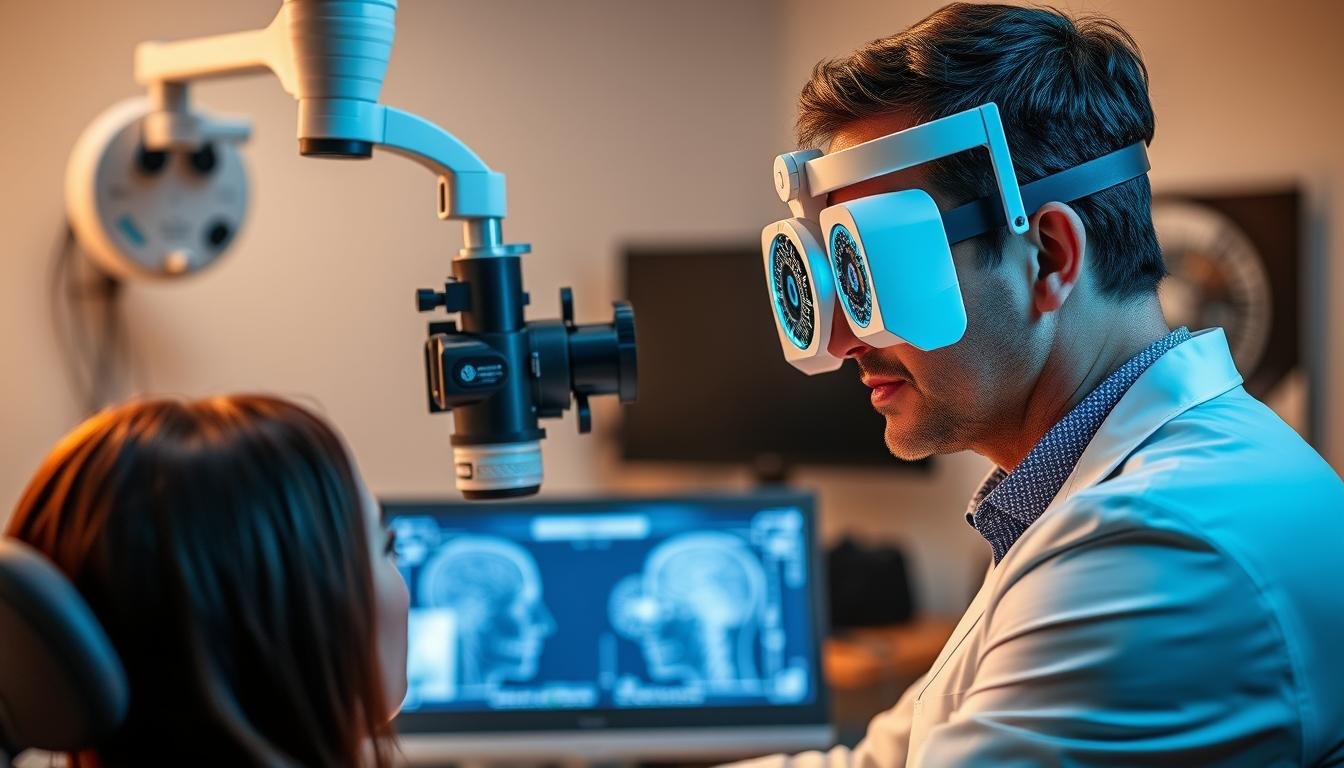
Los médicos usan el seguimiento ocular como herramienta de diagnóstico y monitoreo:
Nota: Siempre registre si los participantes usan lentes correctivas (prescripción, astigmatismo, esfera, eje) o lentes de contacto porque las gafas y ciertas recetas pueden afectar la calidad del seguimiento y requieren ajustes específicos de calibración o hardware.
Las empresas usan lectura ocular (Iris de lectura) para optimizar el diseño y medir la atención objetiva:
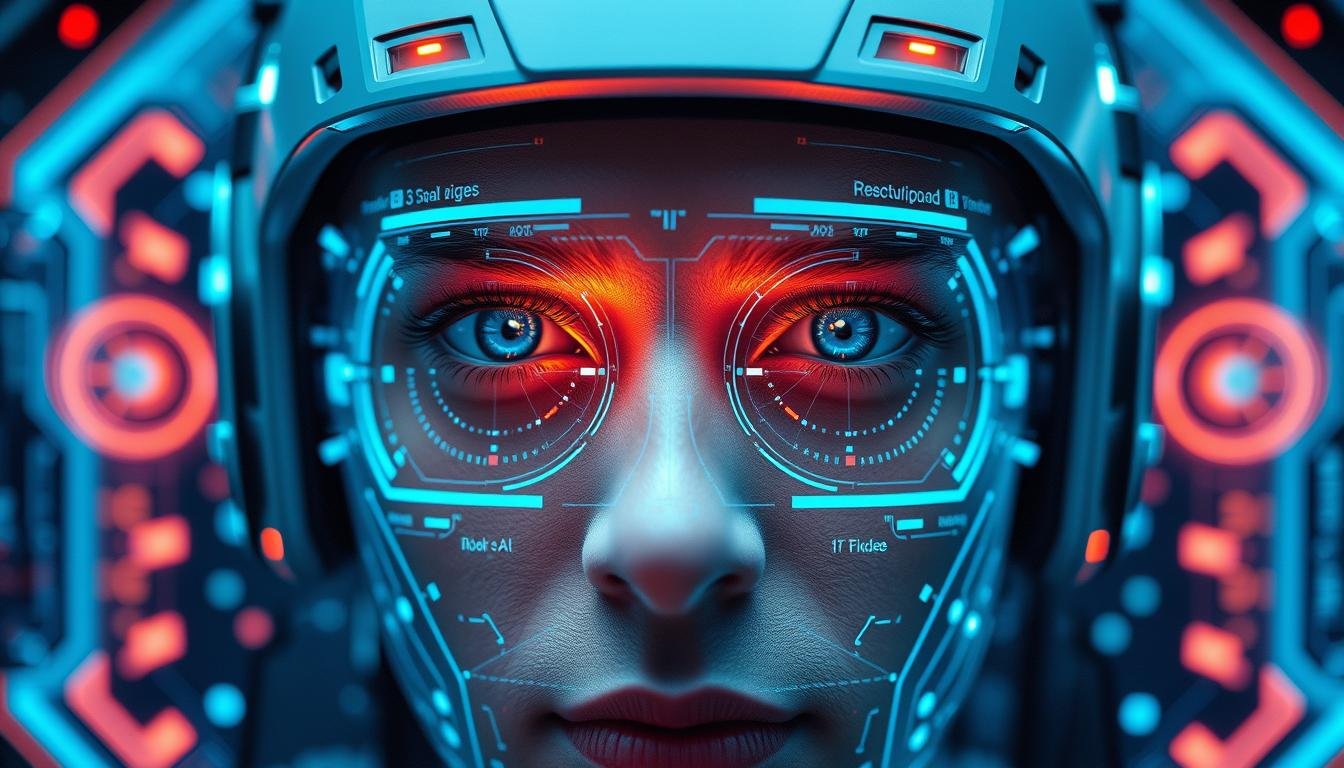
La integración de datos oculares con IA permite interfaces adaptativas y más naturales:
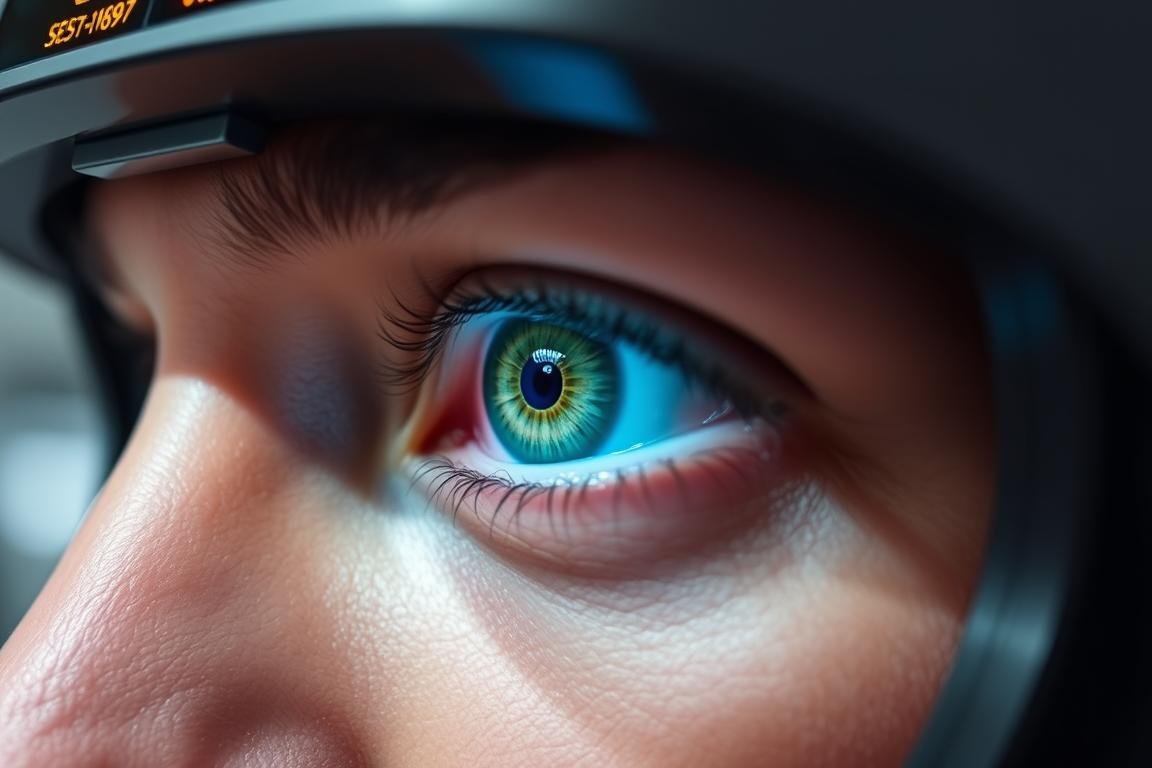
La biometría basada en ojos ofrece capas de autenticación adicionales:
Los usuarios típicos que se benefician de los datos de lectura ocular incluyen:
Reserve una demostración de 30 minutos para ver un mapa de calor de su página de inicio, revise los números de ejemplo y aprenda cómo manejar problemas comunes como anteojos, astigmatismo y lentes de contacto en las pruebas.
A medida que las tecnologías de seguimiento ocular y lectura ocular se vuelven más capaces y ampliamente desplegadas, las organizaciones deben equilibrar la innovación con responsabilidad. Los datos capturados, la dirección de la altura, el tamaño de la pupila, las secuencias de fijación) pueden revelar información confidencial sobre atención, emoción y salud, por lo que el despliegue ético y la clara gobernanza son esenciales.
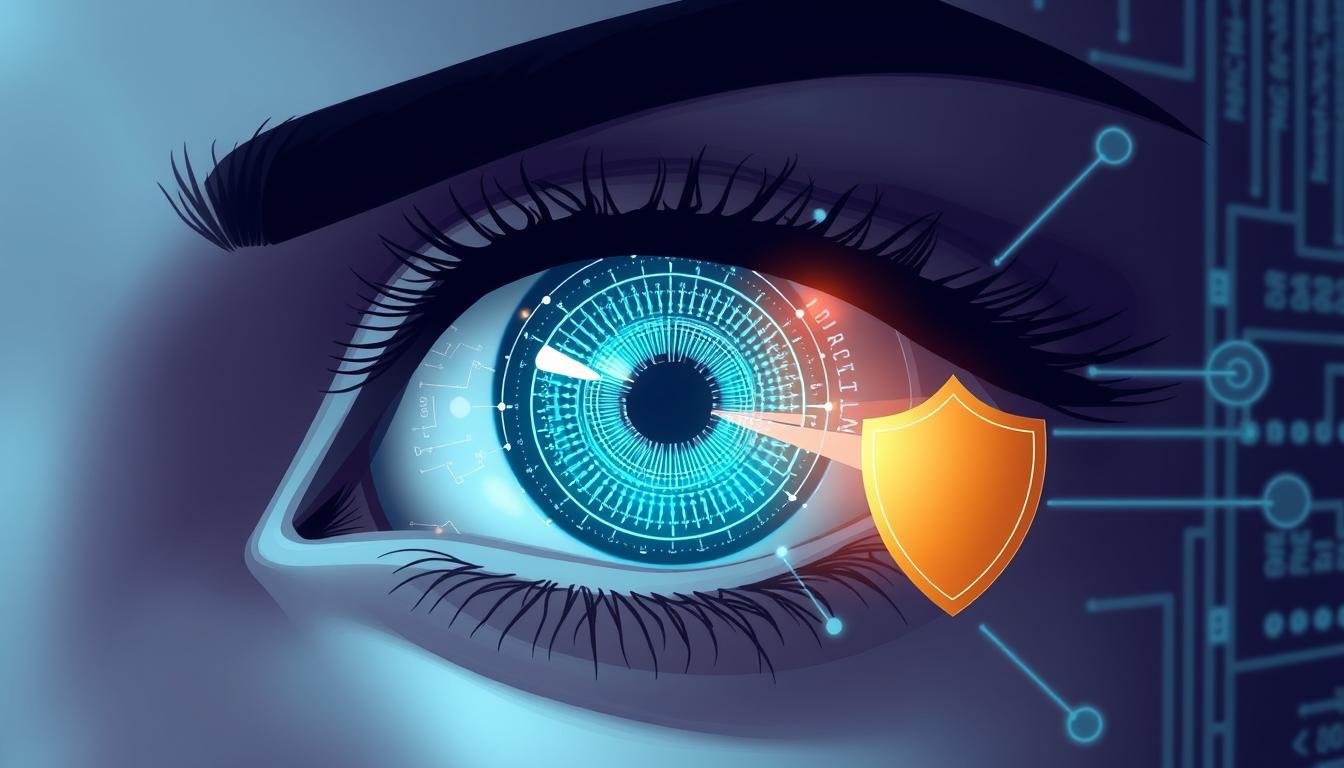
La naturaleza íntima de los datos oculares plantea importantes problemas de privacidad:
Los sistemas equitativos requieren un diseño y pruebas cuidadosas:
Nota regulatoria: el GDPR de la Unión Europea trata los identificadores biométricos como datos personales confidenciales en muchos contextos. Las organizaciones que recopilan datos oculares o iris deben buscar orientación legal, obtener el consentimiento explícito cuando sea necesario y aplicar salvaguardas sólidas (minimización, cifrado, limitación de propósito).
Para los equipos que implementan sistemas de lectura ocular, una lista de verificación de ética (plantillas de lenguaje de consentimiento, horarios de retención y pasos de mitigación técnica para gafas/lentes de contacto) es un siguiente paso práctico para garantizar el cumplimiento y la confianza.
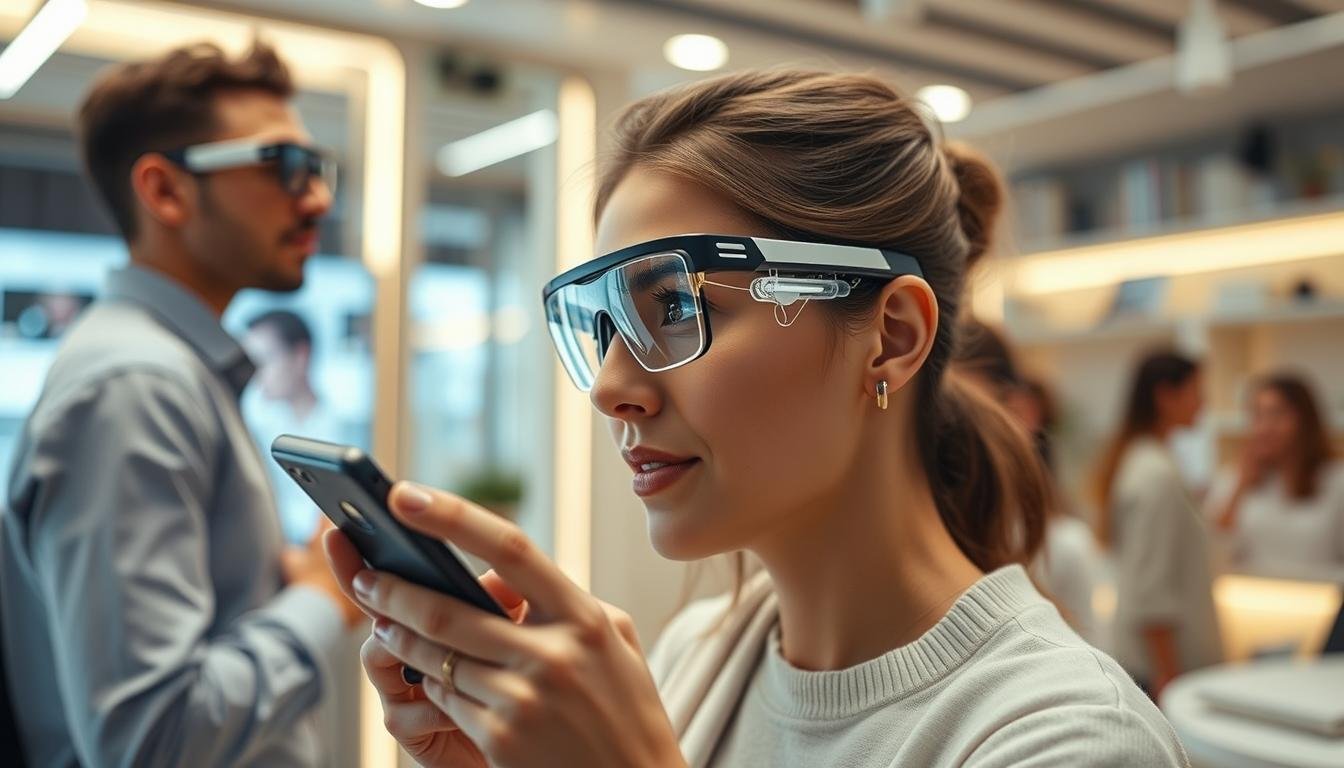
La lectura ocular se encuentra en la unión de la observación de larga data y la tecnología que avanza rápidamente. En el corto plazo (1–5 años) esperan una integración más estricta del seguimiento ocular en dispositivos de consumo y pilotos clínicos; En el mediano plazo (5-10 años) las interfaces neuroadaptivas y los rastreadores oculares portátiles se vuelven más comunes; Y a largo plazo, podemos ver flujos de trabajo de salud preventiva de rutina que incluyen evaluaciones periódicas basadas en el ojo para el deterioro cognitivo y ciertos riesgos neurológicos.
La lectura ocular no reemplazará los exámenes tradicionales o el juicio clínico, pero cuando se combina con protocolos cuidadosos y salvaguardas éticas, puede extender lo que los médicos, los diseñadores y los equipos de seguridad saben sobre la atención, la visión y el comportamiento. Si está listo para explorar la implementación, solicite una llamada tecnológica de 20 minutos con nuestros especialistas para revisar los datos de muestra, discutir las consideraciones de receta y lente de contacto de anteojos, y obtener una lista de verificación de adopción a medida.
Nuestro equipo puede ayudarlo a pilotar la tecnología de lectura ocular en la investigación, el producto o los entornos clínicos: reservar una llamada tecnológica de 20 minutos para revisar los números de muestra y los próximos pasos.
Eye Reading (Iridology) Selecting a qualified iridology practitioner is crucial for receiving accurate insights about your health through eye analysis. As interest in holistic health approaches grows, so does the need to distinguish between certified professionals and those with limited training. This comprehensive guide will help you navigate the process of finding a reputable Professional Eye Reading (Iridology) Practitioner who …
Eye Reading:Throughout history, humans have been fascinated by the idea that our eyes reveal more than just our vision capabilities. From ancient iridology claiming to diagnose health conditions through iris patterns to modern assumptions about personality traits based on eye color, the practice of “lectura” eyes has persisted across cultures and generations. This fascination has led to numerous myths about …
The human eye has long been considered a window to our health. For centuries, practitioners have studied the intricate patterns, colors, and markings of the iris to gain insights into a person’s wellbeing. This practice, known as iridology, has evolved from simple magnifying glasses to sophisticated digital analysis systems powered by artificial intelligence. Today’s eye reading tools and technology bridge …
Eye Reading: Curious about what happens during an iridology session? This ancient practice of examining the iris to gain insights about your health has gained popularity as a complementary approach to wellness. Whether you’re considering your first appointment or simply interested in learning more, this comprehensive guide will walk you through the entire process—from preparation to post-session recommendations.Iridology offers a …
Eye reading is a fascinating diagnostic approach used in complementary and alternative medicine. This ancient practice involves analyzing the iris, sclera, and other ocular structures to gain insights into a person’s overall health. Practitioners believe that the eyes serve as windows not just to the soul, but to the body’s internal functioning and wellness state. Rooted in holistic health philosophy, eye …
When it comes to monitoring your health, various approaches exist—from conventional medical checkups to alternative methods like eye reading. Understanding the differences, strengths, and limitations of each can help you make informed decisions about your healthcare journey. This comprehensive guide explores eye reading (iridology) and traditional health checkups, comparing their effectiveness, scientific basis, and practical applications. What Is Eye Reading …